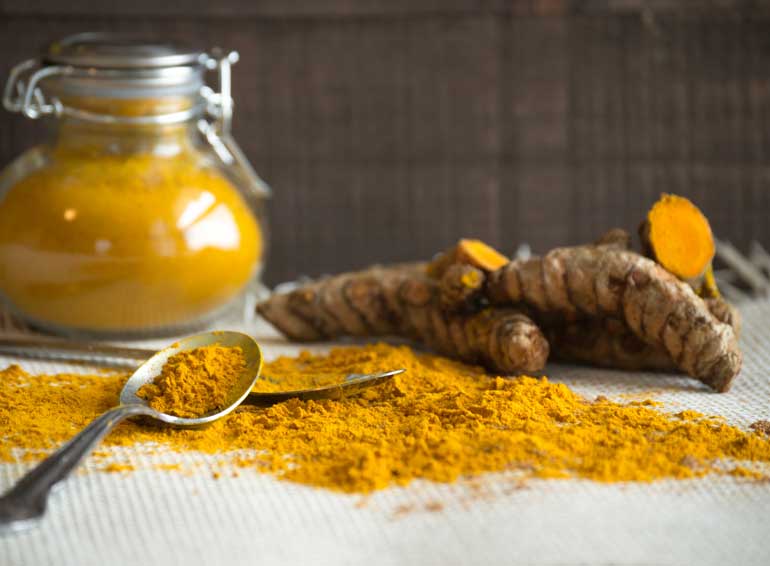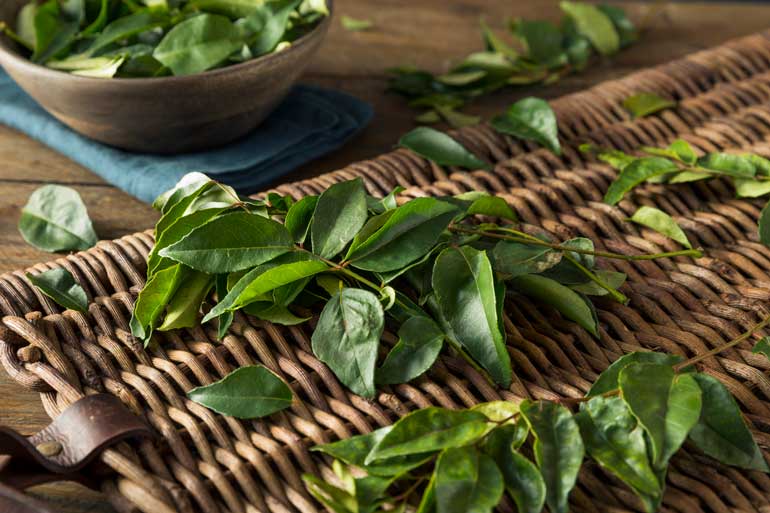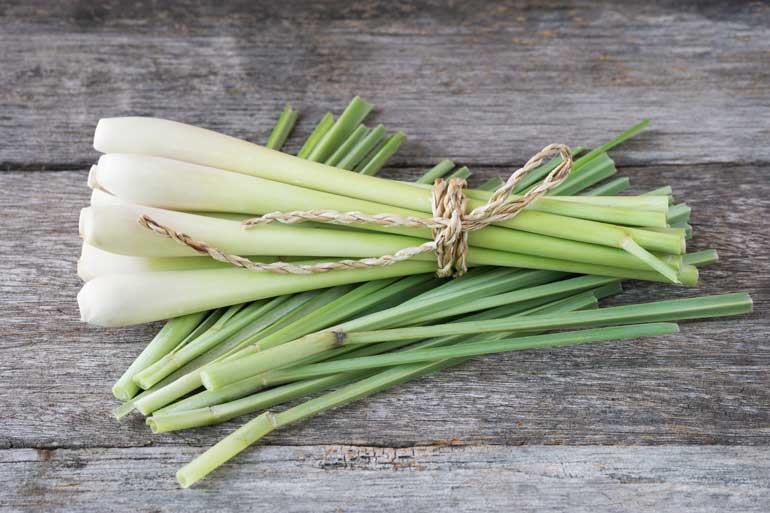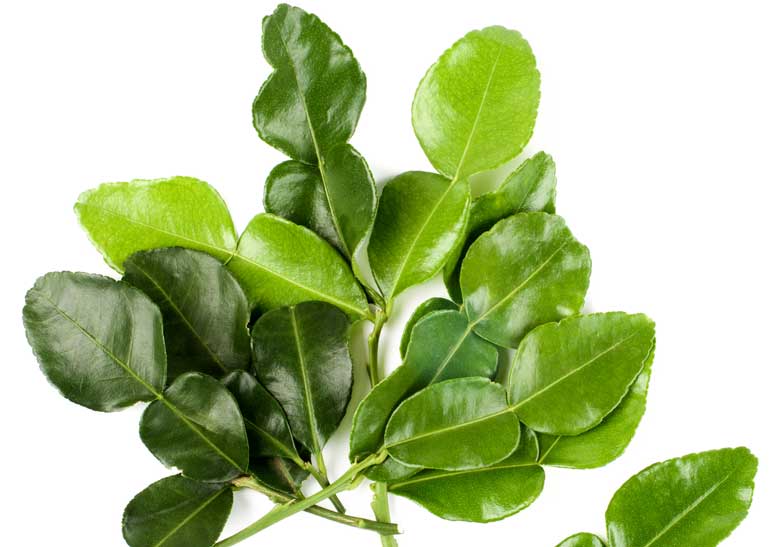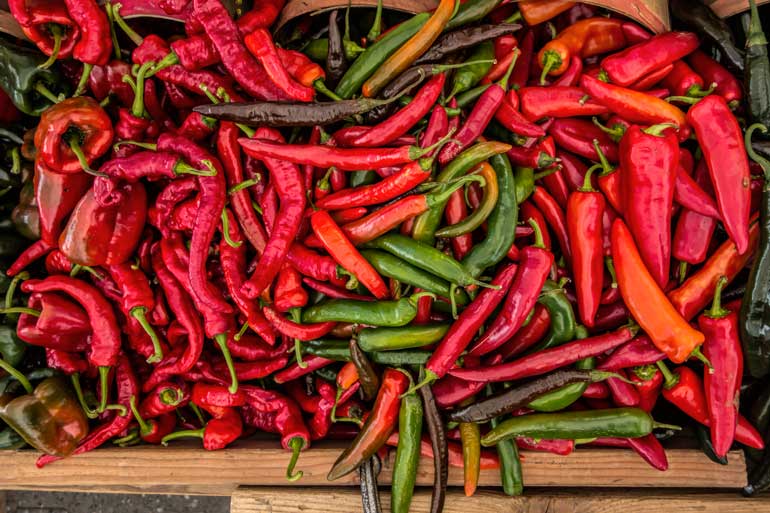Spice up your garden
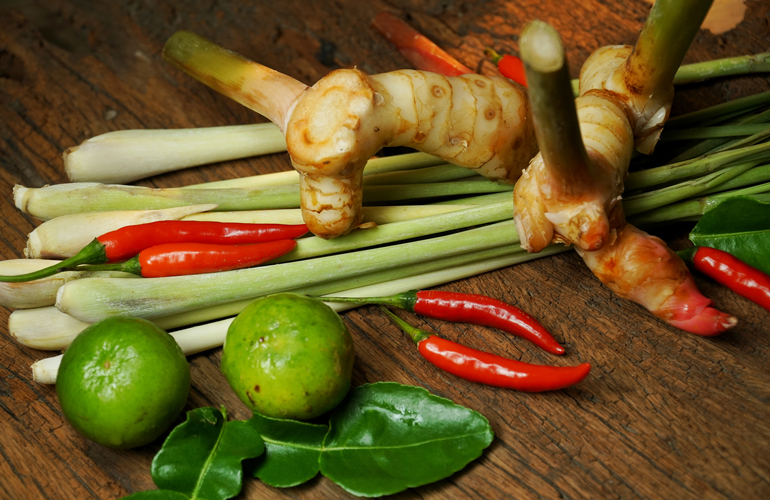
For lovers of spicy Asian food, a stir-fry, laksas and curries will be favourites on the menu.
And certain herbs and spices are necessary ingredients for these cuisines.
Curry leaves, lemongrass, Kaffir lime leaves, chilli, galangal, ginger and turmeric are among the essentials, with different combinations imparting a fabulous zing to fish, meat and vegetable dishes.
Add these plants to the vegie patch so you have them on hand and can enjoy them fresh and at their best.
Even if you have a courtyard or a balcony, you can still grow them, as most can be planted in containers.
Many great intense flavours come from underground from rhizomes, such as galangal, ginger and turmeric, adding spice to many dishes.
Belonging to the ginger family (Zingiberaceae), they all feature elegant tropical foliage that looks great planted among ornamentals.
1. Galangal
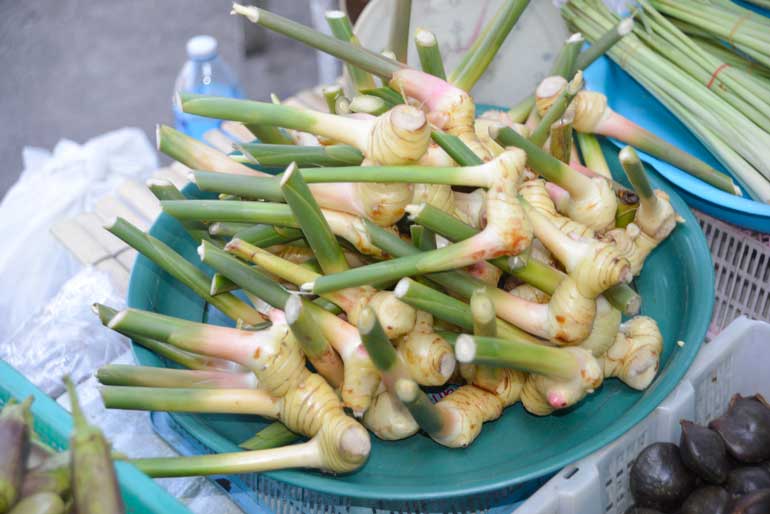
Commonly called Thai ginger, galangal (Alpinia galanga) tastes like a cross between pepper and ginger.
A good understorey plant among other tropical foliage, it can grow up to 2m high, depending on the variety.
GROW: Choose a semi-shaded or shaded spot in rich and moist but free-draining soil. Feed in spring and summer with Yates Dynamic Lifter and water regularly. A light frost won’t kill the plant but will damage the leaves.
In spring, plant small rhizomes with at least two eyes 50-100mm deep.
HARVEST: Use about 10 months after planting. Dig carefully around the base and remove rhizomes as needed if you don’t want to disturb the clump.
USE: Flavour Asian soups and curries with fresh galangal. The young shoots are edible and the leaves impart a slight perfume when used to wrap steamed fish. Teams well with lemongrass.
2. Ginger

The pungent rhizome of ginger (Zingiber officinale) is an important spice in Japanese and Chinese cuisine. It has elegant, lance-shaped leaves and grows to about 1.2m high.
GROW: It likes a warm, frost-free climate and a semi-shaded position in rich and moist but well-drained soil.
Plant fresh store-bought rhizomes. Cut the rhizome so each piece has at least two eyes, let the ends dry, then plant. Feed in spring and summer with Yates Dynamic Lifter and water regularly.
HARVEST: Use about 9-10 months after planting. Dig up the whole clump or dig carefully around the clump and remove rhizomes when needed. Replant some rhizomes to ensure
a continuous supply.
USE: Add fresh to Asian soups, seafood and meat curries.


